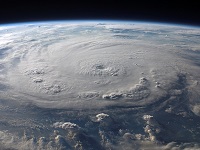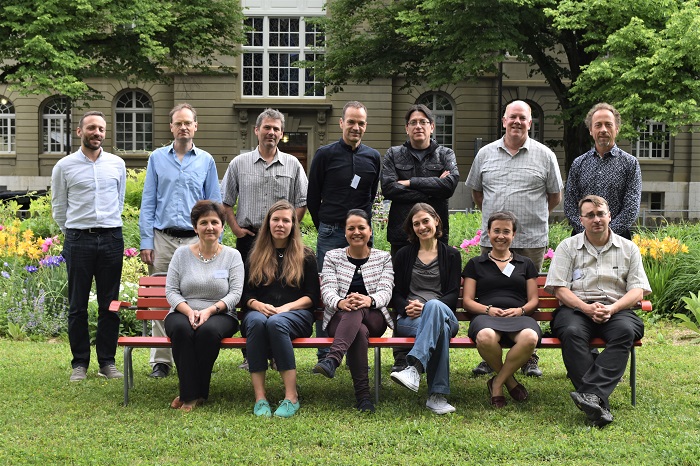 The Group on Earth Observations Global Network for Observation and Information in Mountain Environments (GEO-GNOME) is a GEO Work Programme Initiative that seeks to connect and facilitate access to diverse sources of mountain observation data and information regarding drivers, conditions, and trends in biophysical and socio-economic processes of change at different scales.
The Group on Earth Observations Global Network for Observation and Information in Mountain Environments (GEO-GNOME) is a GEO Work Programme Initiative that seeks to connect and facilitate access to diverse sources of mountain observation data and information regarding drivers, conditions, and trends in biophysical and socio-economic processes of change at different scales.
At the end of May, contributors to the GEO-GNOME effort gathered in Bern, Switzerland, for a three day workshop hosted by the MRI to review and scope a new work plan for GEO-GNOME. The workshop was coordinated by the GEO-GNOME co-leads Carolina Adler from the MRI and Elisa Palazzi from the National Research Council of Italy, together with Marc Zebisch from EURAC Research.
The first afternoon provided an opportunity to reflect on the topic through diverse input from different experts. Douglas Cripe of GEO updated the participants on the large-scale aims and initiatives of the GEO Work Programme, while Davnah Payne from the Global Mountain Biodiversity Assessment talked about achievements in the delineation of mountain areas. Roger Sayre from the US Geological Survey then presented the Global Mountain Explorer, an exciting mountain visualization tool and key first GEO-GNOME output. This presentation was followed by Guido Colangeli of the European Space Agency, who guided the audience through the potential and functions of the GEOSS data portal. Nick Pepin from the University of Portsmouth then expanded on scientific advances and open questions that still remain since the publication of a paper on elevation dependent warming in mountain regions in the journal Nature Climate Change – the product of an earlier MRI-supported workshop. He continued by discussing the global need for in-situ climate data over elevational gradients. Additional input was also given by the organizers, in line with the objectives of the workshop.
For the remaining two days, participants held discussions on two more specific topics: ‘Earth observation infrastructures and information: supply and demand, addressing knowledge needs’ and ‘Science of mountain observation – data and processes.’ Based on the output and ideas from these two fruitful sessions, a plenary discussion followed with the more concrete task of revisiting the current GEO-GNOME work plan until 2019, examining prospects for the GEO work programme 2020-2023, and scheduling next steps to implement the plan.
A more detailed report from the GEO-GNOME workshop with outcomes, updates, and upcoming activities will follow soon. On behalf of the workshop organizers, the MRI would like to thank all participants for their engagement with GEO-GNOME and their valuable input for the agenda.






